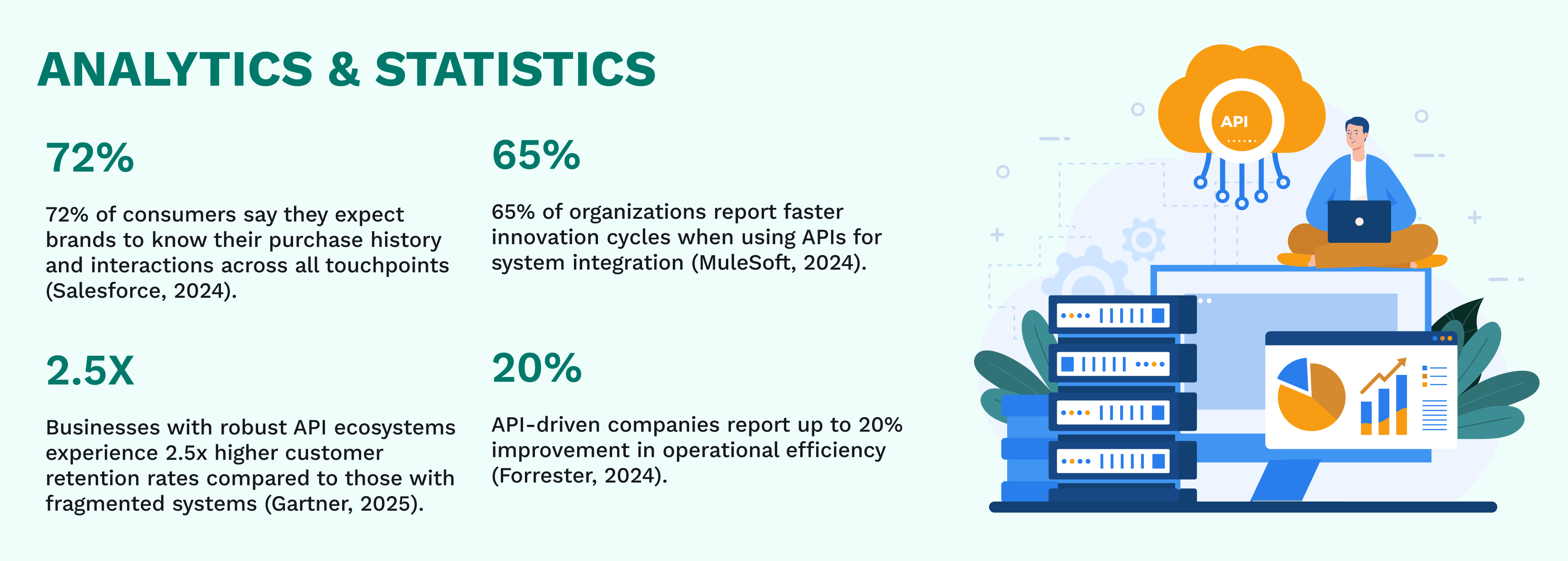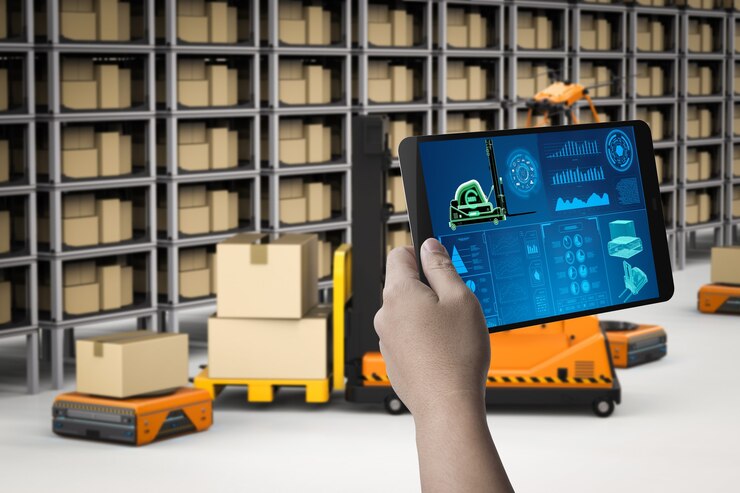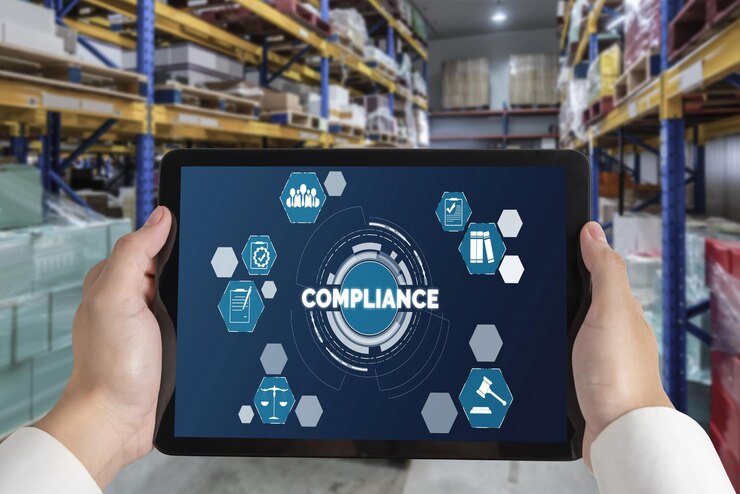In today’s fast-paced, digital-first market, customers expect seamless interactions across every channel—from initial inquiry to final delivery. A single disruption in that journey can lead to dissatisfaction, cart abandonment, or even lost loyalty. That’s where API (Application Programming Interface) integration plays a transformative role. For logistics providers like 3Gistix, API integration ensures not just efficiency but also a consistently positive customer experience across borders and platforms.Lorem ipsum dolor sit amet, consectetur adipiscing elit. Ut elit tellus, luctus nec ullamcorper mattis, pulvinar dapibus leo.
Why API Integration Matters in 2025
Modern businesses rely on a complex web of systems—CRM, ERP, e-commerce platforms, payment gateways, and logistics tools. Without APIs, these systems often function in silos, creating data gaps and inefficiencies.
According to MuleSoft’s 2024 Connectivity Benchmark Report, over 80% of businesses believe API integration directly improves customer satisfaction by enabling real-time access to information. In logistics and supply chain, APIs allow instant shipment tracking, automated customs updates, and live delivery notifications—all crucial for meeting customer expectations.


Key Benefits of API Integration in the Customer Journey

Real-Time Visibility
APIs enable customers to track shipments, check inventory, and receive status updates instantly. For a provider like 3Gistix, this transparency builds trust.

Omnichannel Experience
Integration ensures that customer interactions—whether through an app, website, or customer service center—are consistent and accurate.
Operational Efficiency
Automated workflows between platforms reduce manual errors, lower costs, and speed up service delivery.

Personalization
APIs help unify data, allowing businesses to offer tailored recommendations, faster support, and targeted promotions.

Scalability
As companies expand globally, APIs allow seamless integration with new carriers, marketplaces, and payment systems—without overhauling core infrastructure.

Compliance & Security
APIs can enforce compliance with GDPR, CCPA, or cross-border trade regulations, minimizing risk for logistics and financial transactions.
Challenges in API Integration
While APIs are powerful, businesses must address:
- Data security risks if endpoints are not well-protected.
- Integration complexity across legacy and modern systems.
- Scalability issues when managing large API ecosystems.
Solutions include adopting API management platforms, prioritizing secure authentication protocols, and partnering with experts like 3Gistix who specialize in digital-first logistics integration.
Conclusion
In 2025, the customer journey isn’t defined by a single transaction—it’s shaped by every touchpoint along the way. API integration is the glue that holds those touchpoints together, ensuring a smooth, transparent, and satisfying experience.
By leveraging APIs, businesses gain real-time visibility, operational efficiency, and customer trust. For logistics providers like 3Gistix, it means going beyond moving goods—it’s about delivering confidence, loyalty, and seamless end-to-end journeys.
References
- MuleSoft. 2025 Connectivity Benchmark Report
- Salesforce. The 2025 Connectivity Benchmark Report: How To Unlock AI’s Full Potential in ASEAN
- Kong HQ. Gartner® names Kong a Leader 6 times in a row
- Adalo. 50 Integration Challenges with Legacy Technologies in B2B Stats – Critical Statistics Every Business Leader Should Know in 2025



